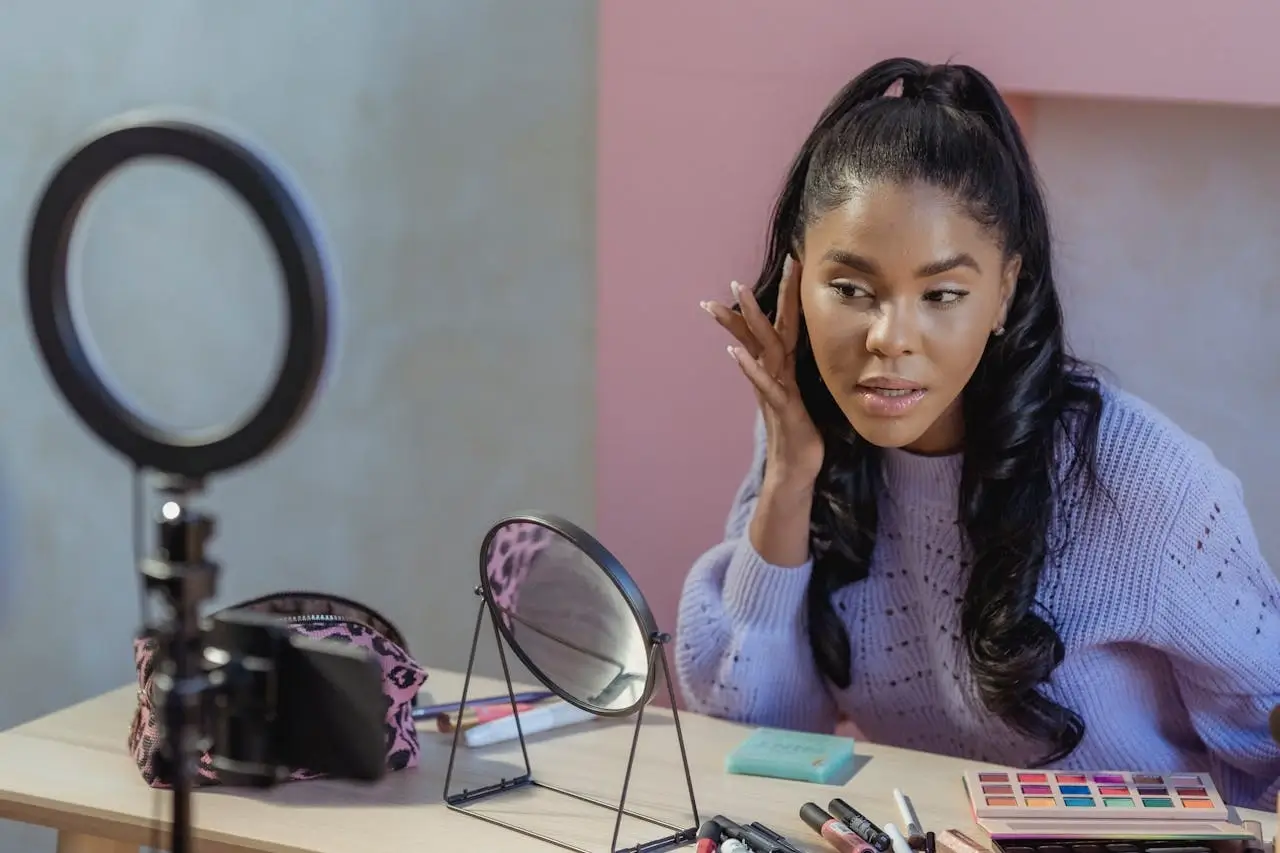


Making short videos is an increasingly important part of marketing your business. No matter what size company you own or operate, you need to be sure that the short videos that are being made for your marketing efforts are created correctly and targeted at the right audience. Too many businesses make video content that is not properly researched and therefore don’t see the results they were expecting from their marketing efforts.
Do short video research if you want to be sure that your videos will rank well, be seen by the right people, and be shared with others. All of the platforms that allow you to share video content require that you understand how to make videos that are targeted, on trend, and which include the right styling to be seen and interacted with on a large scale. You can figure out all of these details by doing research before you start creating.
Targeting is an essential aspect of creating video content. Just like when writing blogs, creating business websites, or running ads, you need to know who your target audience is and you need to speak to them. If other groups interact with your videos, that is great, but you really need to target the right group that is most likely to engage with your content for best results.
Knowing who your target audience should be is critical before you ever start making video content. You need to be sure that you are talking to them in a way that connects, you need to include the right trends and video style notes, and you need to be sure that you are telling them about things that they will want to share with others in their friend or family circle.
Targeting requires A/B testing and data collection, which is why you need to utilize the various really amazing tools that can help with this process. Don’t just make videos blindly. Be sure that you are collecting critical data so that you can make videos that are properly targeted and 100% on brand each time you sit down to film and edit.
You need to be at least a little bit on trend with your videos, even if you are looking to create in your own unique way. You should be sure that you know what is going on that makes people engage with videos, and you need to be able to hashtag your videos with the information for each trend. This is one of the best ways to create ongoing engagement that doesn’t just come and go here and there. People like to watch trending content, and so you need to use this type of video on a fairly regular basis as you create videos.
Trending videos might not be your preference, but video trends are a key aspect of getting visibility on your channel, products, or brand. You will need to do your research on a regular basis and figure out which trends you feel comfortable engaging with to help increase your viewership and connect with new people.

Beyond trending content, there are also requirements for creating videos that use the right keywords and the right language. You need to be sure that you are making videos that speak to your target audience in a way that they immediately engage with. This means doing research to figure out what they are watching and why those videos are targeted so correctly to their needs when it comes to language, keywords, and other communication-based factors.
There are lots of tools out there to help you to use the right keywords and phrases these days so that your videos immediately grab the attention of potential customers or loyal fans. You should be using them to ensure that your video content is important, impactful, and relevant to the people you want to speak to the most.
Even if you don’t sell items or products, you are always going to need to brand your video content. Branding yourself or your products helps to create bonds between your viewers and your content. A brand helps people scrolling through video content to know what to stop and watch. Branding includes things like colors, slogans, and lifestyle cues. You need to be aware of the branding efforts that will best speak to your specific target audience so that they are willing to come back again and again to watch your content.
No matter what kind of business you are operating, if you make short video content for its promotion or for engagement, you need to use your branding to help connect with viewers and potential customers. Branding is a wider effort outside of your content creation process, so it might be a good idea to have your branding locked down before you ever start making video content that uses the same cues, visual aids, and language.

If you are struggling to make short video content that speaks to those who are looking at content in your niche, it’s time to start leveraging data more effectively. You need to be sure that you are targeting the right audience, using the right language and keywords, and adding the right branding to each of your videos. Make sure that you take the time to collect data and that you are not just making content based on “instinct”.
Companies and channels that take the time to do short video research will always have better results than businesses and channels that do not take the time to do so. You can save time and money by ensuring that you are making business decisions that are grounded in data each time you sit down to create.